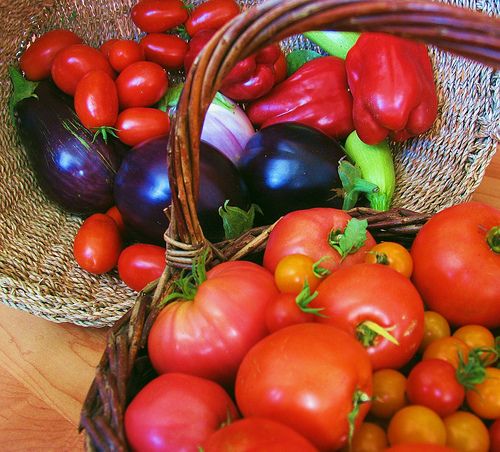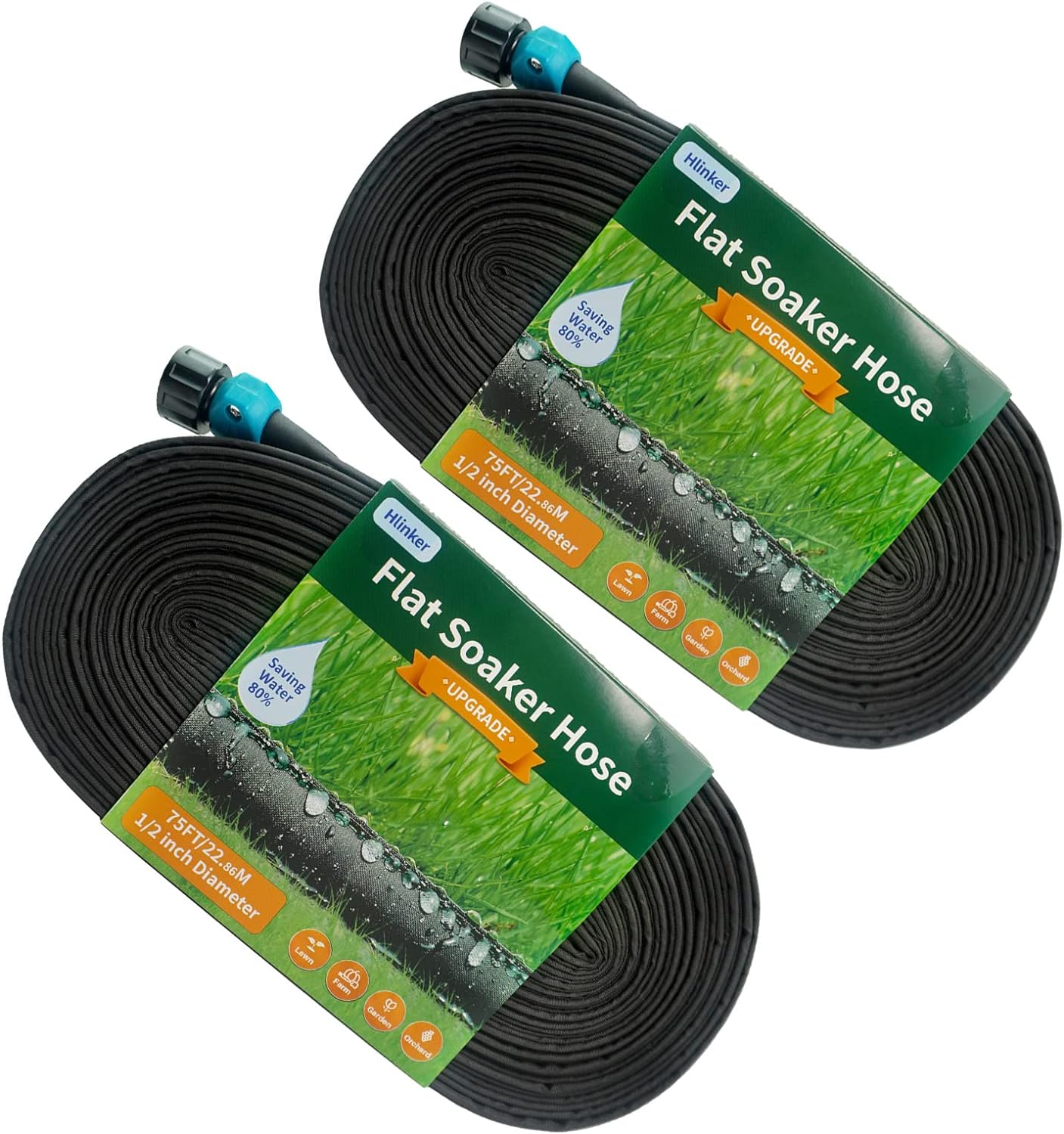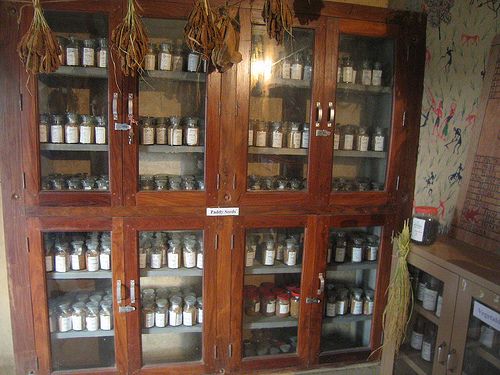
Both seed banks and seed lending libraries can go a long way in preserving our history, genetic variety, and feeding people. Both of these projects are easy and rewarding; here’s why.
What is a Seed Bank?
Seed banks are basically “genetic vaults” that have been put into place all over the world. They house heirloom seeds as well as native plant seeds from every corner of the earth and are important for several reasons. The first is that they protect the biodiversity of our food crops. If a plant variety were to be destroyed by disease, natural disaster, or war; seed banks would be a source for re-growth of that variety.
Also, many heirloom seeds that have been developed over the years (sometimes centuries) are no longer available commercially and are becoming rare finds; some being right on the edge of extinction. Seed banks also house seeds from vegetables, shrubs, flowers, grasses, tree, grain, and rare native plant species from every country.
Seed banks of various sizes try to hang on to the world’s genetic plant diversity in 1,400 buildings worldwide. Some countries have a national bank as well as smaller ones that house seeds local to a specific region. While seed banks are an effective preserve the world’s seeds, they aren’t perfect.
Seed banks can’t hold everything (at least none have yet). They also can experience equipment failures, severe weather, and money issues such as budget cuts. They can be mismanaged or fall apart during wartime. Also, seed can’t be collected and stored forever. Depending on the plant species, every few years they have to be grown out and new seeds are resaved. Farmers and backyard gardeners can help preserve seed genetics by collecting their own seeds, too. In fact, by collecting and saving your open-pollinated seeds you’re creating your own private seed bank.
What is a Seed Lending Library?
A seed lending library is a seed bank collection that’s made available to the public by either a private party or a community organization. Seed libraries focus on bringing fresh food to families as opposed to genetic diversity. They can be set up in any public place within a community but seems to be a natural fit inside a traditional, public book library setting.
The seed library is simple in that it has a chest of drawers or cabinets that house vegetable, herb, and flower seeds as well as a place for people to record what varieties they’ve “checked out”. The idea is that someone “borrows” seeds for the season and lets some of the crop mature to produce seed. Then some of that seed is brought back to the lending library for others to borrow.
Along with the seeds is literature with simple explanations on which season is best to start each seed type and how to collect seeds. The city of Richmond in the San Francisco Bay Area has one such library. Richmond Grows has this to say on their site:
“Just as one seed can produce many seeds, one idea can change many lives. Free public libraries were revolutionary in their time because they provided access to books and knowledge that had not previously been available to a large segment of the population. A free seed lending library can also provide people with a chance to transform their lives and communities by providing access to fresh, healthy food that may not otherwise be available.”
Check out the Richmond Works website at Seed Lending Library. Notice that they offer all of their materials for free to create a seed library to those who want in on this awesome project. I’ve enjoyed building my own private seed bank for years. It’s given me ideas to plan on adding a seed lending library to my little part of the world, as well. I hope that some of you will also join me in making seeds available to everybody in your community.
Fine Gardening Recommended Products

Corona High Performance Orchard Loppers
Fine Gardening receives a commission for items purchased through links on this site, including Amazon Associates and other affiliate advertising programs.

A.M. Leonard Deluxe Soil Knife & Leather Sheath Combo
Fine Gardening receives a commission for items purchased through links on this site, including Amazon Associates and other affiliate advertising programs.

Flat Soaker Hose 75 150 FT for Garden Beds
Fine Gardening receives a commission for items purchased through links on this site, including Amazon Associates and other affiliate advertising programs.




















Comments
Log in or create an account to post a comment.
Sign up Log in